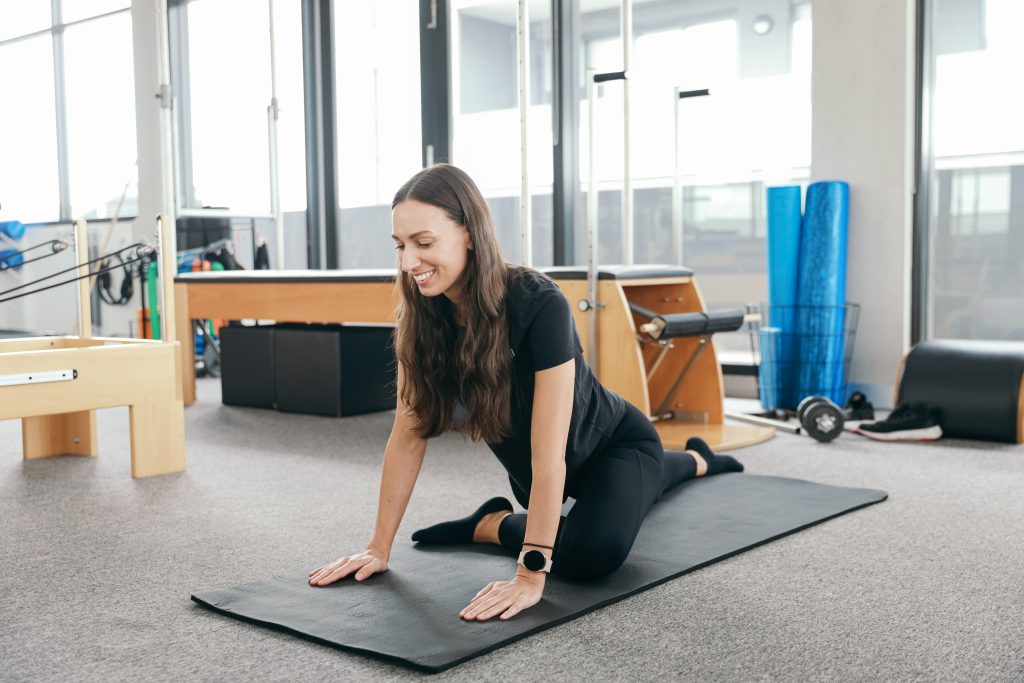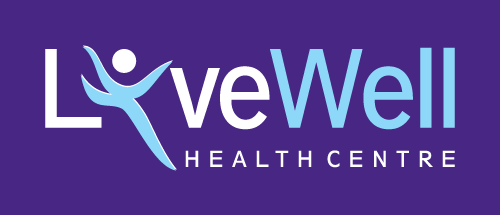Take your glute stretch to a new level with the Pigeon pose. Why we love this stretch!

What is it?
The Pigeon pose is a great stretch that isn’t as well known to our patients as we would like. It stretches through the thighs, back, groin, piriformis and psoas musculature. Best of all, you don’t need any equipment to perform this pose!
What does it target?
The pigeon pose is a great stretch that targets different muscle groups in both legs. The leg out in front of you gets a stretch in the external rotators and outer hip muscles while the leg that is behind you will get a stretch in the psoas and outer hip flexors (1). This stretch is especially great in those who sit a lot and need to loosen up their hips. There is also research to suggest that it can help aid digestion and promote mental well-being (2).
How to perform it step by step:
- Begin on all fours, bring your left knee forwards towards your left wrist
- Bring your left ankle in towards your right hand, this will turn the left hip out (Picture 1). Make sure this feels comfortable, don’t force anything that’s painful.
- Slide your right leg back to straight and point your toes (picture 2)
- Keep the hips even, readjust if you need to
- Take a breath in, draw the navel in, lengthen the spine and open your chest
- Breathe out as you walk your hands forwards and lower on to your elbows or have your head resting on the floor if your body allows.
- Hold here for a few breaths and relax into the stretch (Picture 3)
- When you are ready, push back up through the hands, lift the hips up and then move back to all fours
- Repeat on the other side
Need a modification?
If you are a beginner then you may need to modify these steps so it is more comfortable at first.
If your hip on the front bent leg doesn’t touch the ground then you can add some padding under your buttocks on that side. Try a yoga block, pillow or blankets. This will help to square the hips and avoid excessive stress on the knee and pelvis.
If it is the forward bending that you find difficult you can try adding a block or pillow under the forearms. You can use anything that will be stable enough so that you can relax into the stretch.
Keep in mind that this should not be a painful stretch. If you are experiencing any discomfort talk to one of our osteopaths.
Sources:
- Parkes S. (2016). The Student’s Manual of Yoga Anatomy: 30 Essential Poses Analyzed, Explained, and Illustrated. Fair Winds Press.
- Tang, Y., et al. (2020). Short and long-term efficacy of massage for functional constipation: A protocol for systematic review and meta analysis. Medicine, 99(25), e20698. https://doi.org/10.1097/MD.0000000000020698

